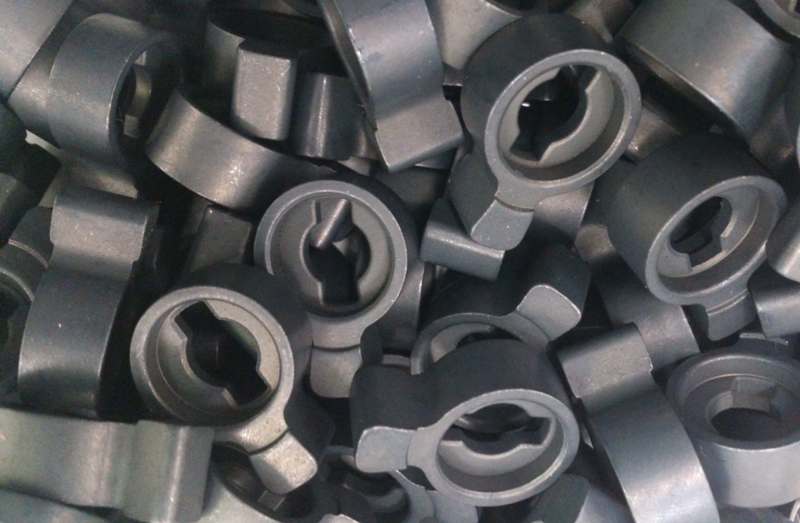
Powder Metallurgy
Powder forming
Powder Metallurgy is a manufacturing process that involves creating metal parts and components from metal powders. It's a versatile technique that enables the production of intricate, complex, and high-quality parts with precise shapes and dimensions.
In the powder metallurgy process, fine metal powders, typically made from iron, steel, aluminum, copper, or other metals, are compacted into a desired shape using high-pressure tooling. This compacted shape, known as a green compact, is then sintered at high temperatures in a controlled atmosphere. Ultimately, the green compact forms into a solid metal component through the bonding of metal particles during the sintering process.
Powder Metallurgy offers several advantages:
Versatility in Materials: Powder Metallurgy can work with various metals and alloys, enabling the creation of components with tailored material properties suited for specific applications.
Material Efficiency: The process minimizes material waste since it starts with powdered metal. This can lead to cost savings and reduced material usage compared to traditional machining.
Cost-Effectiveness: It can be a cost-effective method for mass production of parts, especially for complex shapes, as it reduces machining time and material waste.
Consistency and Precision: It provides high precision and dimensional accuracy, resulting in consistent part quality and performance.
Some notable applications of powder metallurgy include:
Automotive, aerospace, healthcare, consumer electronics, household appliances , and components such as gears, bearings, filters, structural parts, and various specialized components.
